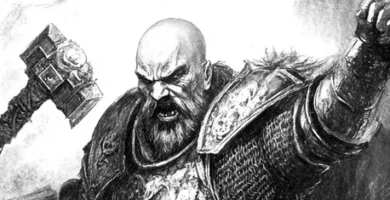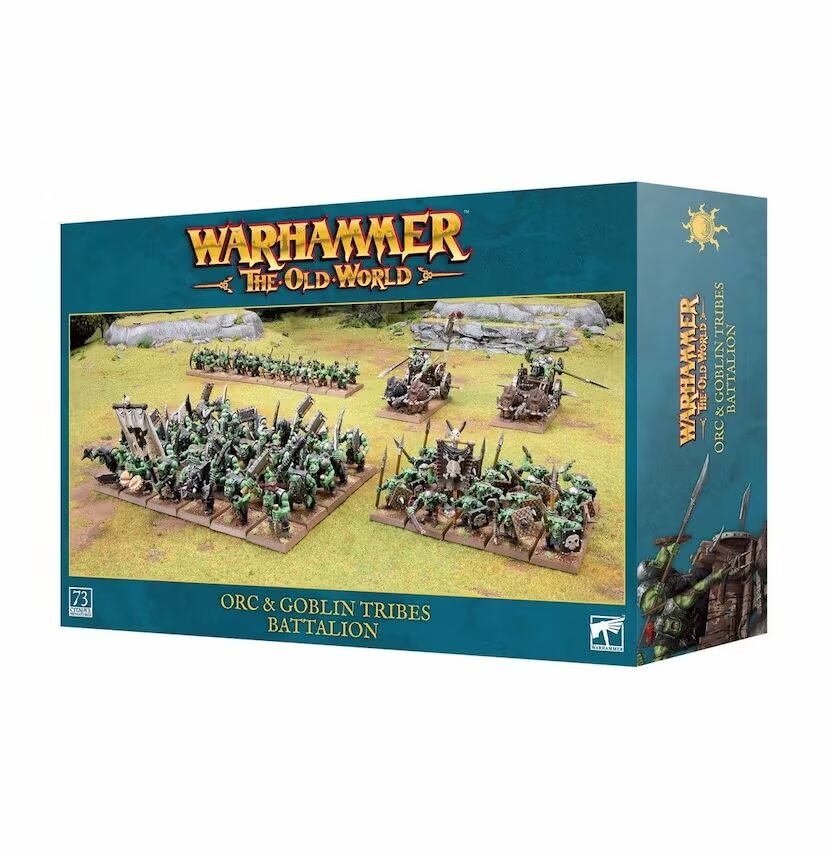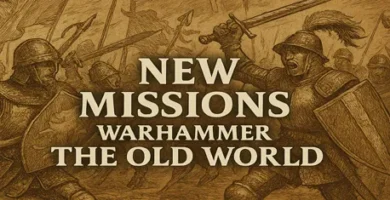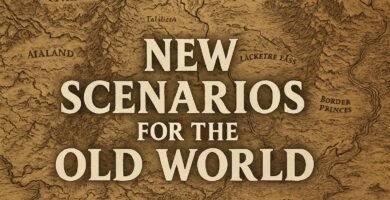In just a few months, Wood Elves, Beastmen, and Cathay have been released, and now there’s a leak (I’m writing this analysis before GW officially releases the book) of the Old World Matched Play Guide, which is kind of like a General’s Handbook if you’re coming from Age of Sigmar, or maybe more like a Chapter Approved if you’re from 40k. Although they haven’t confirmed whether these guides will be released periodically like in those games.
Anyway, what’s in the book? It’s 48 pages long, many of which are pure fluff—but some are pure gold. Here’s a breakdown of all of them.
Let’s get to it.

New Old World Scoring Table
The leaked PDF has 33 pages, so I assume those remaining 15 pages are full-page illustrations or just images of miniatures.
We’re not interested in those.
I’ll stick to the page numbers in the PDF and tell you exactly where the valuable content is (spoiler: there’s a lot of filler).
So, in the first 5 pages, the only noteworthy (or at least amusing) thing is that you’re required to use their official miniatures if you want to play (nice try, my dudes).
On pages 6 and 7, they introduce a scoring table in which, in each game, 6 points are split between the two players based on how many victory points each one scored.
- Warhammer The Old World Grand Cathay Battalion Model Kit
To summarize: in a 2000-point game:
- If the difference is less than 300 points, it’s a draw (3–3).
- 301–750: marginal victory (4–2).
- 751–1400: decisive victory (5–1).
- More than 1400: massacre (6–0).
Will this table be used? Probably not. Tournaments have always used a 20-point split system, and there’s a reason: it allows for more “steps,” more segmentation, which helps group players with similar victory points. When you’re only splitting 6 points, it’s easy to end up paired with someone who had a very different result than you.
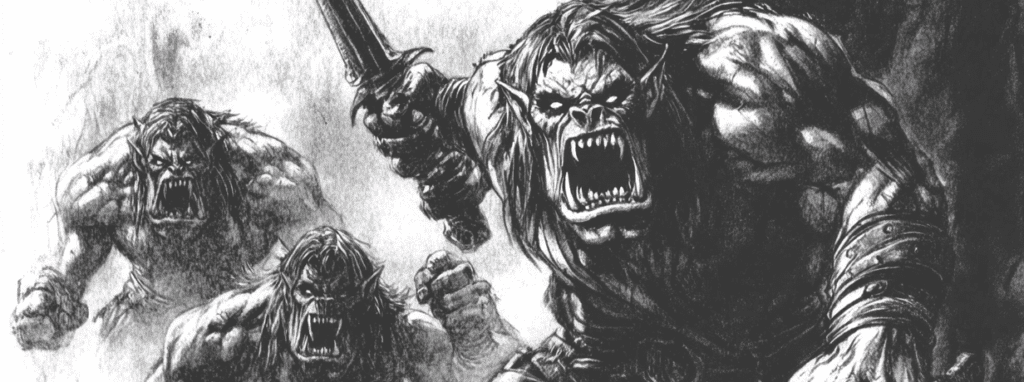
Old World Tiebreakers
Let me tell you upfront that nobody will likely use this either: GW says the first tiebreaker (because yes, there will be many ties if you use the 6-point table above) will follow this order:
- Total victory points.
- Victory points earned from secondary objectives (described on page 28).
- NUMBER of enemy generals killed (not the points they cost, just the number of miniatures with the general keyword that were slain).
- Tournament organizers are allowed to add other tiebreakers after the third one.
Guys, this isn’t a civil service exam. In what universe do two players finish with exactly the same victory points after three rounds (which is the bare minimum for an event)?
I’ve never seen it happen.
But hey, the third tiebreaker is hilariously absurd. The section finishes with some edge cases:
- Uneven number of players at the event? The unmatched player gets a 6–0 win.
- A player concedes? 0–6 loss.
- Already played the opponent you’re paired with? You won’t play again—you’ll be paired with the next closest in score.
That’s it. Let’s move on to the juicy stuff.
Army Composition and List Restrictions – Old World Updates
They’ve added two new restriction tables to the ones already present in current army books, leaving it vague and open whether you use both… or just one. Most people feel these new limits are too lenient, but here they are so you can judge for yourself—and later I’ll tell you where the real restrictions are heading.
Grand Melee Old World Restrictions
- No single unit or character can cost more than 25% (500pts).
- Only 1 level 4 wizard per 2000 points.
- Only 1 level 3 wizard per 1000 points.
These don’t apply to named characters (though of course, if the tournament organizer rules otherwise—or even bans them altogether—then that takes precedence).
Combined Arms Restrictions
- Maximum of 3 identical characters (e.g. 3 Beastlord heroes).
- Maximum of 4 identical core units.
- Maximum of 3 identical special units.
- Maximum of 2 identical rare or mercenary units (are they limiting Doomseekers without saying it explicitly?)
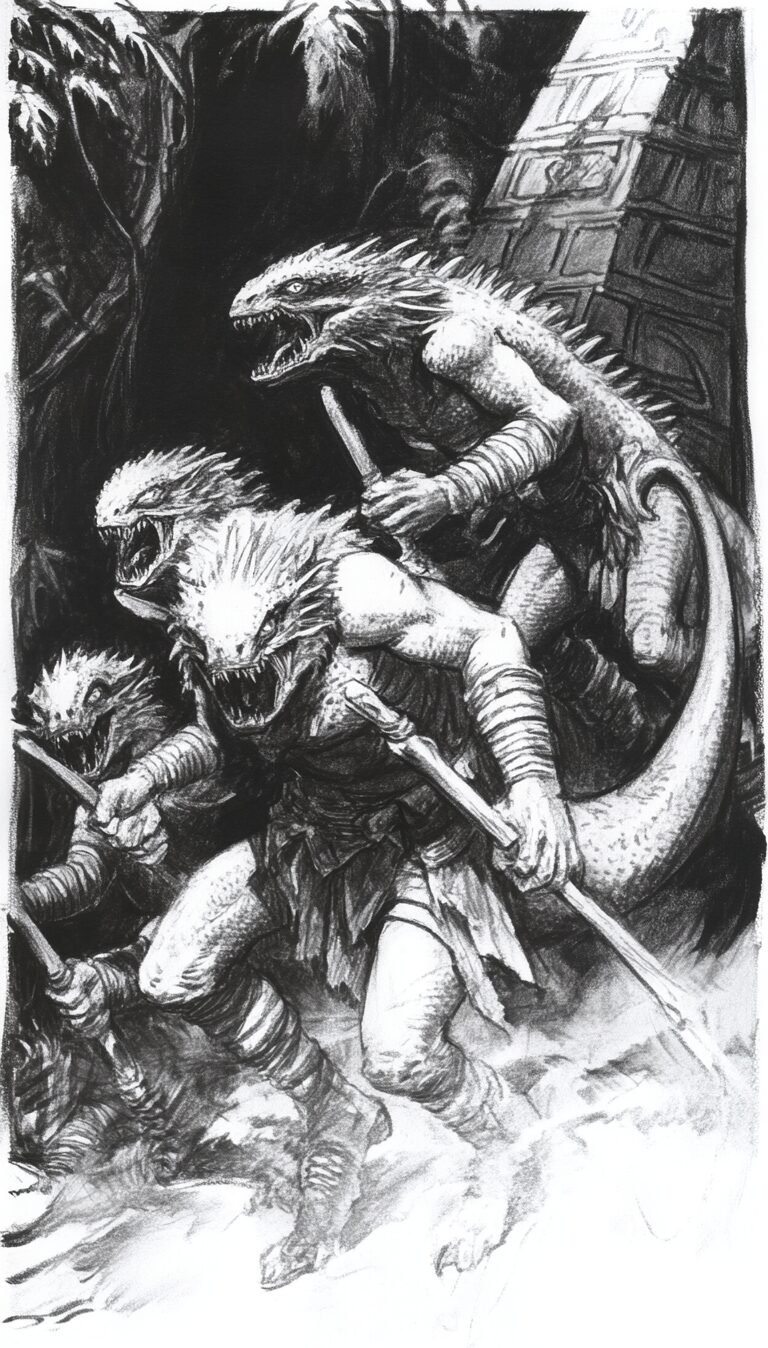
Terrain Placement in Old World – New 2025 Method
Heads up—this has changed a lot, and most people don’t like it.
On page 10, they recommend having one terrain piece per 12 inches of long table edge (so 6 pieces on a 72-inch board), and sizes between 2 and 12, nothing new compared to the rulebook.
Here’s the new part: Players roll a die, and the winner places ALL terrain elements however they want, as long as they’re not within 12″ of the center or 3″ from another piece (remember, it used to be 12″ from another terrain too).
So, what does the loser do? Just watch? Nope—they have a very important role (read with heavy sarcasm).
The loser rolls 1D3+1, and that’s how many terrain pieces they get to scatter from the point where their opponent placed them. They scatter in a random direction (arrow die) and move 2D6 inches. If it hits another piece or the board edge, it stops. If you roll a HIT, it stays in place.
And that’s how you place terrain now. From page 11 onward, there’s lots of repeated content and even more that’s deliberately scattered to make reading tedious (if you wanted an easy-to-read book, you should’ve bought a more expensive one—this one’s only 20 euros).
Don’t worry, I’ll summarize: both players roll a die, the highest roll chooses deployment zone and places the first unit. You can’t make your opponent choose or deploy first.
This applies to every scenario. What scenarios?
That way, you’ll have everything grouped and fluff-free for when you need to look something up mid-game and your opponent is glaring at you like a bulldog about to call the judge.
If you wanna know how to get victory points, I have it cover in this post. Enjoy the new game!
Must-Read Related Posts (unless you want to lose every match until 2043)
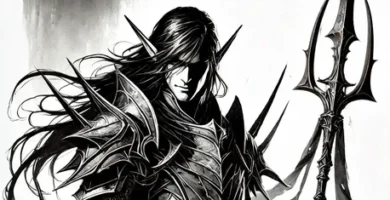
Warhammer The Old World Battle March: The New Skirmish Mode
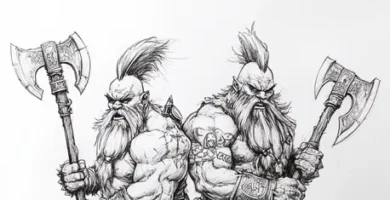
Slayer Hosts in The Old World | War of Settra’s Fury
